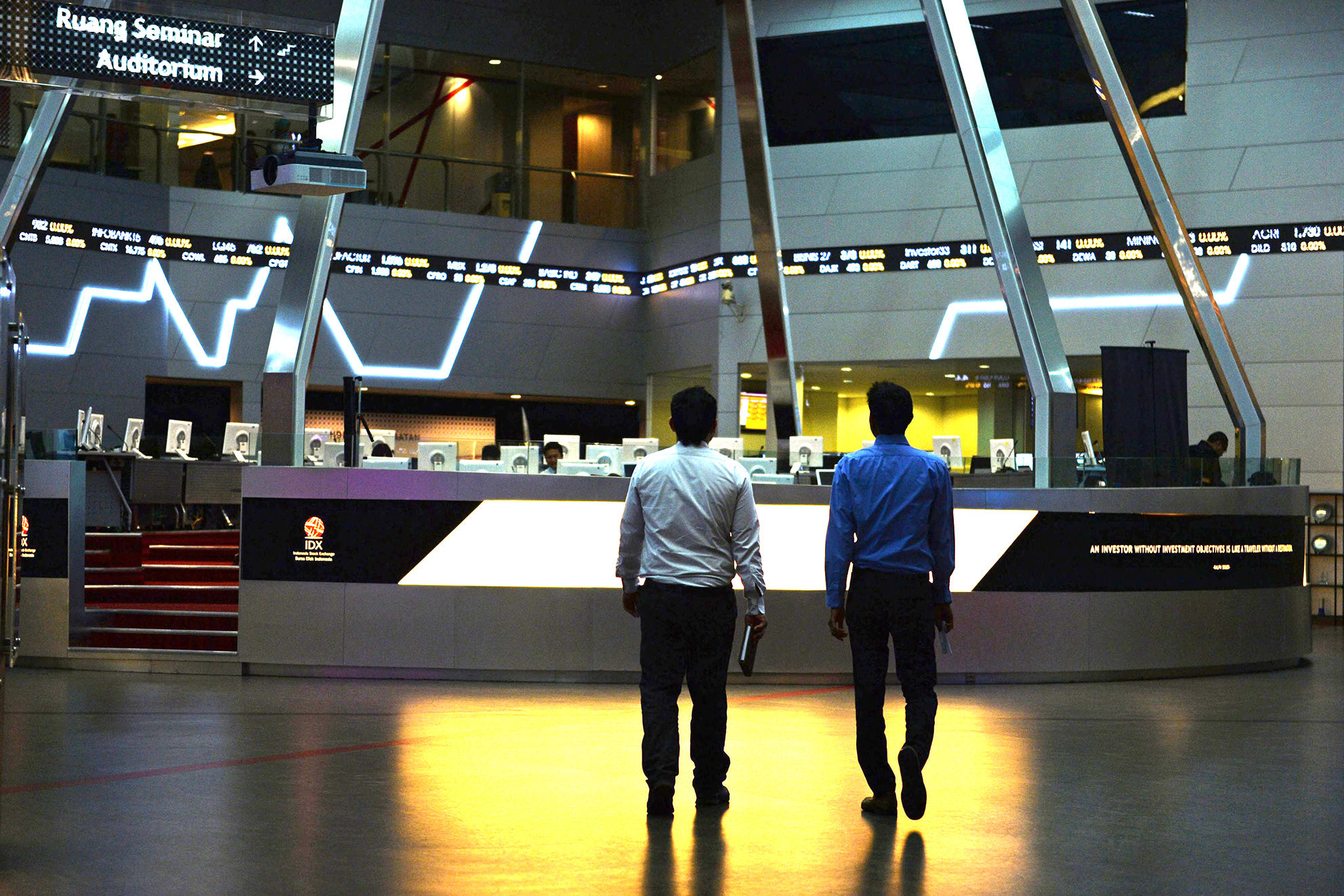With threats both of trade wars and rising interest rates, how does developing Asia stand relative both to the developed world and developing non-Asia? A look at some of the data in the 2018 issue of the Asian Development Bank’s Asian Development Outlook is encouraging–on the face of it.
But good numbers hide some bad vibes. Rather than attracting more and more capital to take advantage of the potential for rapid economic growth, the region continues to be a net exporter of capital, notably to such ever-more-indebted nations as the US, UK and Australia. This can only be blamed on a mix of fears or political or monetary instability or inability to design and implement projects, Asiasentinel quoted ADB report as saying.
Developing Asia’s overall current account surplus is an overly robust 1.4% of GDP and Asia’s overall surplus is 0.5% of global GDP. Much of this is of course attributable to China, but China’s surplus has been declining and is now 1.4% of GDP. Admittedly that is still a very big real number—$172 billion—but it will continue to fall.
In contrast, Southeast Asia’s overall surplus is 3.4% of GDP, led not so much by Singapore, whose surplus is endemic (and inefficient) but by Thailand which last year hit $49 billion or 10% of GDP. Yet it is looking to China to finance its railways, needed or not, and meanwhile its poor tertiary education system remains a huge hurdle if it is to reach high income levels.
Last year may have been exceptional, but the Thai surplus is now structural and shows up in a very strong currency despite very low interest rates. Ultra-conservatism may have been understandable in the aftermath of the Asian crisis, but that was 20 years ago now and the world and its challenges are very different.
Improvements Visible
The situation in some countries has been gradually improving. Malaysia’s current surplus—also structural—is now down to $10 billion or 3% of GDP and likely to fall to 2.4% this year, according to the ADB.
In the Malaysian case, a surplus is necessary to offset the constant exodus of capital driven by politics and social policies. But it is a reminder that the nation is still far from the developed status set for 2020 by then prime minister Mahathir Mohamed, its mostly good infrastructure unable to compensate for a brain drain and poor tertiary education standards.
The Philippines too is showing progress. After years of large current account surpluses even as it cried out for desperately needed investment in infrastructure and industry, it has now had two years in small deficit and this will probably hit 1% of GDP in 2018.
Rivalry between China and Japan will, for example, probably bring about a continuation of the infrastructure investment growth which began some five years ago under President Aquino. Investment has risen to around 24% of GDP with construction very strong.
Nevertheless, manufacturing remains a weak spot, with the merchandise trade deficit now 4% of GDP, leaving the country more than ever reliant on remittances, business services and tourism.
Vietnam meanwhile has managed to dismount from years of interest rate, currency and trade roller-coaster and now boasts almost five years of currency stability, declining inflation and positive external balance. A fall back to the past seems unlikely. Lessons have been learned. Yet the efficiency of capital remains a problem in a still large state sector and an over-large government deficit has to be met with asset sales for which demand fluctuates.
Current Account Deficits
Of the major developing countries in the region, only three have significant current account deficits, of which only one, Pakistan, is immediately problematic—4.5% of GDP and still rising even as reserves fall towards crisis levels, partly brought about by the Belt-and-Road fiasco revolving around its enormously expensive Gwadar Port and resulting trade deficit with China.
Indonesia’s current account deficit has been creeping up, reaching 1.7% of GDP last year and this will probably rise to 2% in 2018 as pre-election government spending kicks in. A higher one ought to be manageable given the economy’s growth potential but past experience and an open currency sensitive to shifts of sentiment suggests the government will usually err on the side of caution.
India’s $50 billion, or 2% of GDP current account deficit, is also manageable for now—though its addiction to gold imports ($40 billion in 2017) represents a huge loss for productive investment, not least for rural India which most needs it but is the main buyer of gold.
Bangladesh meanwhile manages to keep up a steady GDP growth pace while its current account remains in only small deficit–0.6% of GDP.
Well Placed
All in all, developing Asia is in a better position, despite trade dependence, to weather storms created by trade or, more important, rising interest rates in the US and Europe and even possibly Japan. Increasing amounts of government debt–and some private–are in local currencies. For example, Indonesia’s public debt is only 34% of GDP, two thirds of which is in local currency–of which 39% is held by foreigners.
The world’s major surplus countries of northeast Asia have more interest in their developing neighbors than in other regions. In particular, the private sector leaders in Japan and Korea are well dug into Southeast Asia and turning more attention to India than in the past, and viewing China as more threat than opportunity.
In all, developing Asia is thus less vulnerable than often perceived by pundits in the west with their often-indiscriminate generalizations about “emerging market” economies as diverse as Indonesia and Turkey, Bangladesh and South Africa, Brazil and Thailand. But all is relative, and no markets are immune to global chills.


